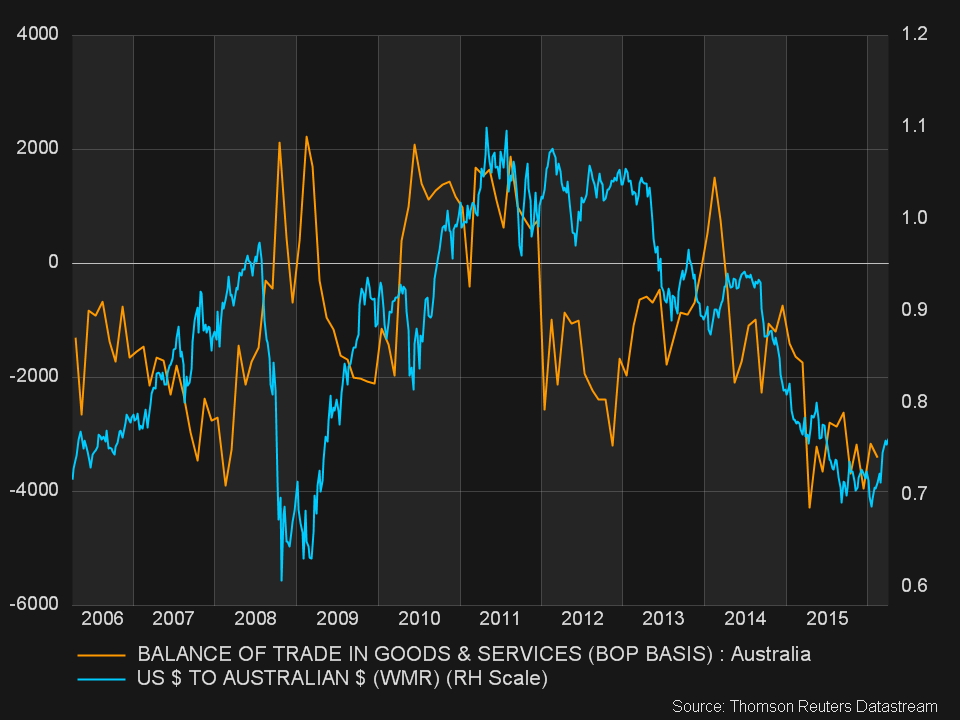Following its climb to 8-month highs versus the US dollar, the Australian dollar has retreated somewhat; posting a particularly sharp drop after today’s RBA meeting. Specifically, the Aussie has fallen from the 0.7772 high to 0.7510 in less than a week. The Aussie had traded as low as 0.6826 during the first half of January. Looking at the charts, the Aussie’s move looks like a normal reaction from overbought levels following a rapid move higher, and the currency still lies far above its 200-day moving average as well as other supports such as the Ichimoku cloud top. The tenkan-sen and kijun-sen lines are still positively aligned as well.
Turning to the fundamentals, the Australian economy is an exception among developed economies, as it is expected to post growth of nearly 3% during 2016, while its base interest rate is relatively high at 2.00%. The unemployment rate has come down below 6% (5.8% during March), while inflation during the fourth quarter was a bit lower than what the central bank had wanted at 1.7%. Looking at this data in isolation, without neglecting to mention the buoyant housing market in the country, would probably argue for a rising exchange rate against the other majors, some of which are facing deflation scares and negative interest rates while others have interest rates between 0% and 1%.
However, the fact that Australia is a major commodity producer and the importance of mining and commodity exports for its economy, should also be taken into account. The Australian trade deficit is near the worst levels of the past decade for example (see chart), whereas in the period when commodity prices were high, there were years when those commodity exports meant a trade surplus. Aside from mining, agriculture is also a sector that is a little more important in Australia compared to other developed economies.
Commodity prices have been under relentless pressure for the past 5 years - a trend that culminated in the collapse of the price of oil during the past year and a half. Because of the importance of commodities as an export-earner for the country, the downtrend in commodity prices has brought down the Aussie with it, lowering AUD/USD from 1.10 in 2011 to 0.67 at the beginning of this year. Furthermore, the Reserve Bank of Australia used constant verbal intervention in order to drive the currency lower, so as to improve the country’s terms of trade by cheapening exports and making imports more expensive. China’s economic slowdown is also hurting the Australian dollar, and the Aussie often benefits when there is positive risk appetite.
One risk that Aussie bulls are facing is that once the Aussie breaks above, say the psychologically important 80 cent level, the RBA jawboning could become much louder. The bank could also threaten Aussie longs with more interest rate cuts despite possible overheating of the domestic real estate market. Therefore, it would take a sustained uptrend in commodity prices and the RBA looking the other way for the Aussie to enter a fresh bull phase and take out levels above 80 cents. This appears unlikely at the moment, while some more bad news out of China feels inevitable at some point later this year.

